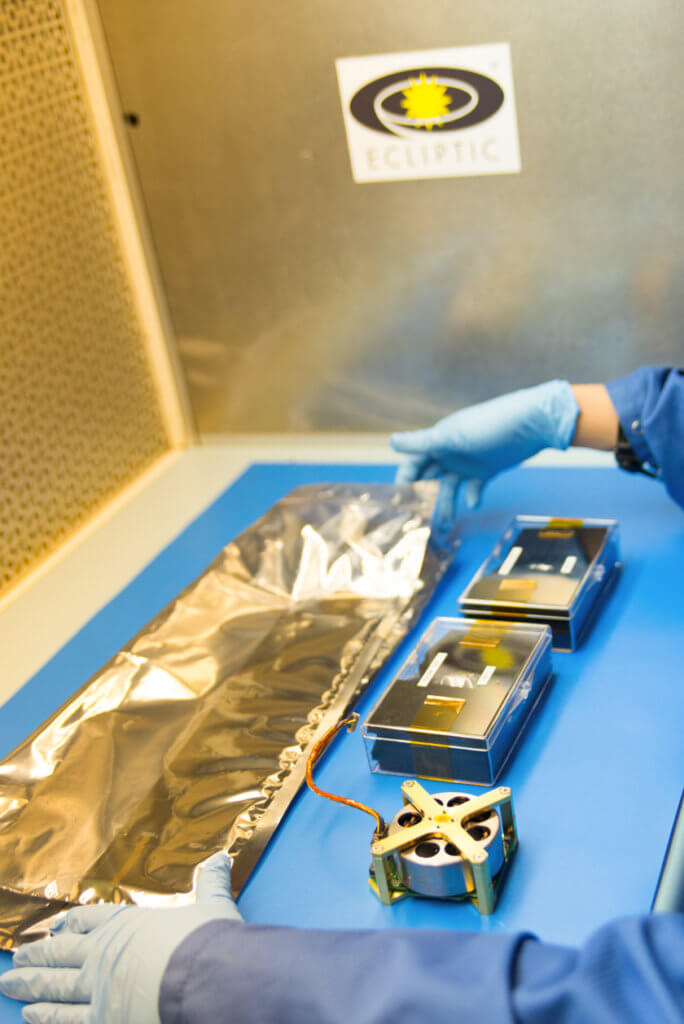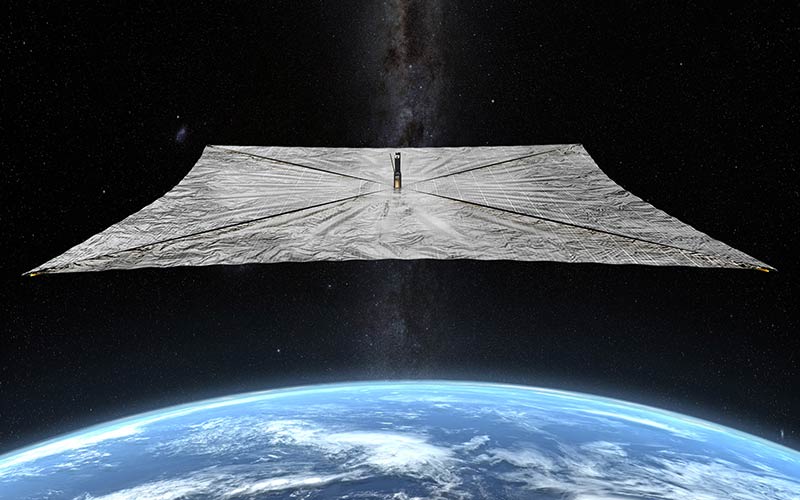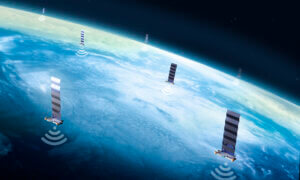SpaceX will launch it’s third Falcon Heavy rocket system this month. Backpacking it will be two dozen satellites and something a bit more unusual: a solar sail.
To explain the origins of this particular solar sail, I’ll have to ask you to board the way-back machine with me, to 2015, when Bill Nye and Neil deGrasse Tyson launched a Kickstarter campaign to fund taking their lightweight solar sail dubbed the LightSail, off the ground.
The LightSail was developed by The Planetary Society, the world’s largest non-profit space advocacy group. The Lightsail wants to rely purely on ‘solar sailing’ to explore the cosmos, a sailing type powered only by the pressure of radiation and photons that come off the Sun.
The spacecraft unfurls a large Mylar sail that catches these particles in the same way a ship would do in order to catch the wind. It’s an ideal way to travel across the cosmos – it uses no fuel, but, unfortunately no solar sails have managed to achieve a controlled flight in space yet.
The Planetary Society did launch a LightSail prototype into low orbit – they tested its systems and unfurled the sail, but that’s as far as they went. Its successor fixes some of the bugs they had to deal with back then and The Planetary Society will also attempt to fly in an orbit around our planet, just to see if maneuvering the LightSail 2 is feasible.
The LightSail 1 and the LightSail 2 might look identical when you first look at them but they feature considerable hardware differences between the two of them.
Probably the most notable difference stands in the fact that the LightSail 2 will fly at a much higher orbit than its predecessor , which will be achieved thanks to SpaceX’s Falcon Heavy rocket.
Each time it will orbit, the LightSail 2 will have to turn its solar sail twice, at 90-degrees and turn the thrust from the sunlight on and off while moving away and towards the Sun. This movement is achieved thanks to a single momentum wheel which turns the spacecraft more or less one axis.
The LightSail 1 didn’t need a momentum wheel because it didn’t fly high enough to even be able to use one.

cr. Ecliptic Enterprises Corporation
The LightSail 2 also features small clusters of mirrors on the bottom, which will let the ground-based lasers to measure its orbit via laser ranging.
Other improvements since the 2015 LightSail feature upgraded computer boards and markings on the sail booms, something that will allow the ground team to examine the images sent to them from space and see if the solar sails have fully deployed or not.
In addition to that, the LightSail 2 also contains a mini-DVD with the member roster of the Planetary Society, a list of Kickstarter contributors and name and image submissions from the ‘Selfies to Space’ campaign.
Over 23,000 people contributed to the project, and now, at long last, they will get to experience a feeling of fulfillment as the LightSail 2 will be launching from the NASA Kennedy Space Center in Florida ‘no earlier’ than June 24th.
“This is history in the making—LightSail 2 will fundamentally advance the technology of spaceflight.”
Bill Nye, CEO of The Planetary Society
The LightSail 2 is expected to collect information about hot the solar sails generally perform in space, to begin with, and will be sharing that information with other organizations, including NASA’s NEA Scout mission that will be using a solar sail to visit an asteroid near Earth.
Follow TechTheLead on Google News to get the news first.























